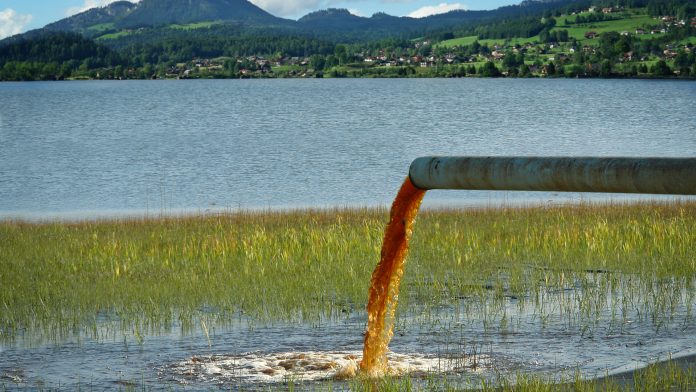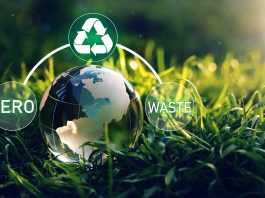A research team from the University of British Columbia, Okanagan Campus (UBCO), has employed machine learning technology in order to identify toxic materials in water.
What impact do these materials have?
The toxic materials in water, produced from oil sands extraction, that are stored in tailings ponds can pose a risk to the natural habitat and neighbouring communities when they leach into groundwater and surface ecosystems.
Until now, an effective analysis of toxic waste materials has posed a challenge for the oil sands industry to achieve without complex and lengthy testing. Scientists have noted that the complexity has contributed towards a backlog: “For example, in Alberta alone, there are an estimated 1.4 billion cubic metres of fluid tailings,” explained Nicolás Peleato, an Assistant Professor of Civil Engineering at UBCO.
How does this new technology identify the toxic materials in water?
Researchers at UBCO’s School of Engineering have uncovered a new, faster, and more reliable, method of analysing these samples. Scientists have noted that this is simply the first step, yet it is considered very promising.
“Current methods require the use of expensive equipment, and it can take days or weeks to get results,” added Peleato. “There is a need for a low-cost method to monitor these waters more frequently as a way to protect public and aquatic ecosystems.”
Scientists utilised fluorescence spectroscopy to swiftly detect key toxic materials in water. They also ran the results through a modelling programme that accurately predicts the composition of the water.
“The composition can be used as a benchmark for further testing of other samples,” Rincón said. The researchers are using a convolutional neural network that processes data in a grid-like topology, such as an image. “It is similar to the type of modelling used for classifying hard to identify fingerprints, facial recognition, and even self-driving cars.
“The modelling takes into account variability in the background of the water quality and can separate hard to detect signals, and as a result it can achieve highly accurate results.”
The research considered a combination of organic compounds that are toxic waste materials, including naphthenic acids—which can be found in many petroleum sources. By utilising high-dimensional fluorescence, scientists can identify most types of organic matter.
“The modelling method searches for key materials, and maps out the sample’s composition,” explained Peleato. “The results of the initial sample analysis are then processed through powerful image processing models to accurately determine comprehensive results.”
What does this mean for the future of this technology?
While scientists recognise that the results are encouraging, both Rincón and Dr Peleato warn that the technique requires a further evaluation at a larger scale—at which point there may be potential to incorporate screening of additional toxins.
This potential screening tool is the first step, but it does have some limitations since not all toxins or naphthenic acids can be detected—only those that are fluorescent. And the technology will have to be scaled up for future, more in-depth testing.
“While it will not replace current analytical methods that are more accurate, this approach will allow the oil sands industry to accurately screen and treat its waste materials,” concluded Peleato. “This is a necessary step to continue to meet the Canadian Council of Ministers of the Environment standards and guidelines.”
The research appears in the Journal of Hazardous Materials and is funded by the Natural Sciences and Engineering Research Council of Canada Discovery Grant programme.
To keep up to date with our content, subscribe for updates on our digital publication and newsletter.









